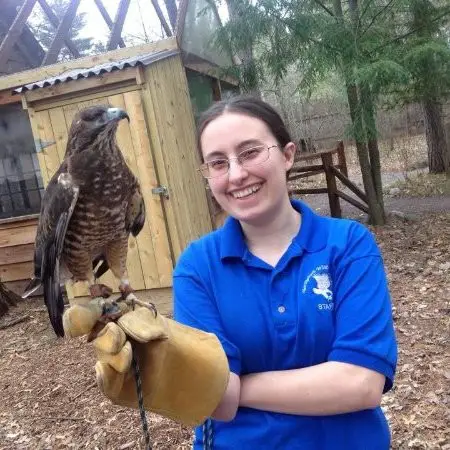Do quail migrate?
Many people often ponder the intriguing question: Do quail migrate? This query stems from the curiosity surrounding the migratory behaviors of these small avian creatures. Well, the answer is yes quail migrate.
Quails, as a species, exhibit diverse migratory behaviors influenced primarily by their genetic makeup. Not all quails are genetically predisposed to migrate; rather, it depends on the presence of the migratory gene. The Phasianidae family, to which quails belong, showcases this variety in migration patterns.
In the western part of the Palearctic, quails primarily breed, but when winter arrives, a significant number migrate to the warmer climates of southern India and Africa. The migratory instinct is not universal among quails, as some are sedentary birds, meaning they do not migrate at all.
Even among those quails genetically inclined to migrate, the distances covered vary. Some quails undertake short migrations, while others venture much farther. For instance, Gambel’s Quail migrates around 55 miles, California Quail up to 100 miles, Mountain Quail nearly 450 miles, and Scaled Quail an impressive 900 miles during fall months.
It’s essential to note that not all quails migrate extensively, and some species may only migrate short distances to escape harsh winter conditions. Terrain, temperature, and weather changes play crucial roles in influencing migration patterns.
Where do quail go in the wintertime?
Quail exhibits diverse behaviors in response to changing seasons, particularly during wintertime. The tendency to migrate varies among different species. While some Quail travel short distances to seek more favorable conditions, others prefer to stay in their current location. The decision to migrate is often influenced by temperature fluctuations. In cases where temperatures remain consistently steady throughout the year, many Quail species find migration unnecessary.
Interestingly, Quail are known to adapt their habits based on seasonal changes. During wintertime, they may alter their behaviors, but migration is not a universal necessity. It becomes a more likely scenario when environmental conditions become unfavorable. In essence, the winter destinations of Quail depend on factors such as species, temperature stability, and the adaptability of their habits.
Where do quails migrate?
Quails exhibit diverse migration patterns based on their geographic locations and environmental conditions. In North America, Gambel’s Quail, Mountain Quail, and Scaled Quail migrate short distances, often less than 100 miles, to escape colder temperatures in fall and winter. California and Montezuma Quails may also embark on migrations of up to 100 miles during the colder months. Interestingly, California Quail is distributed throughout North America but migrates only short distances.
Moving to the American Southwest and Mexico, Gambel’s Quail tend to stay in their breeding grounds year-round, while California Quail flies a few hundred miles during fall or winter migrations. Mountain Quails, on the other hand, cover a distance of 450 miles during fall months, and Scaled Quails may migrate over 900 miles to avoid harsh winter conditions.
In Central and South America, Mountain, California, and Montezuma Quails migrate to Mexico or Central/South America for the winter. Meanwhile, in Asia, Israel, and North Africa, Scaled Quail usually remain in their breeding grounds but may migrate over 900 miles to escape severe winter conditions.
Lastly, in Europe and Asia, Gambel’s Quail stays in their breeding grounds throughout the year, and California Quails migrate only a few hundred miles during fall or winter. Mountain Quails cover a distance of 450 miles in the fall, and Scaled Quails may migrate over 900 miles during the fall months. Oceania sees Scaled Quail remaining in their breeding grounds but potentially migrating over 900 miles to escape harsh winter conditions.
General Behavior of Migratory Quail
Migratory behavior among quail species, such as Gambel’s Quail, California Quail, Mountain Quail, and Scaled Quail, reveals intriguing patterns. During winter months, Gambel’s Quail tend to stay in their breeding grounds, with females dedicated to incubating eggs and raising chicks. This underscores their commitment to familial responsibilities during colder seasons.
In contrast, California Quail, akin to many other quail species, may opt for fall or winter migrations to more temperate climates. Interestingly, they might also choose to remain in their original habitats, showcasing a diverse range of behaviors within the same species.
Mountain Quail, much like Gambel’s and California quail, prefers flying shorter distances to escape cold weather. However, what sets them apart is their steadfast commitment to remaining in their original habitats throughout the winter months. This distinctive behavior suggests a strong attachment to their established surroundings.
Scaled Quail, on the other hand, exhibit a more adventurous spirit. These birds typically embark on extensive migrations over large terrain stretches during the fall months. Despite their wanderlust, there is a notable inclination to return to their breeding grounds by winter, highlighting a cyclical pattern of movement.
Why do quails migrate?
Quail migration, a captivating phenomenon deeply embedded in the intricacies of avian behavior, can be attributed to a confluence of factors. Let us delve into the nuanced reasons, each contributing to the migratory tendencies of these remarkable birds.
1. Survival Instincts:
Quail migration, deeply rooted in evolutionary survival instincts, represents a remarkable adaptation to changing environmental conditions. The intricate interplay of genetic predispositions and environmental cues triggers a profound response in these avian species. As temperatures plummet during the onset of cold weather, quails, guided by an inherent drive for survival, embark on migratory journeys to escape the rigors of harsh climates. This instinctual response serves as a biological mechanism, minimizing exposure to adversities and safeguarding the continuity of the quail species.
2. Genetic Predisposition:
The migratory behavior observed in quails is a manifestation of their genetic predisposition honed over generations. Through the process of natural selection, quails have developed a finely tuned genetic code that compels them to undertake migratory journeys. This inherent trait reflects the adaptive prowess of the species, as their genes encode a propensity to seek more favorable habitats in response to environmental cues. The genetic underpinnings of quail migration illuminate the intricate dance between nature and the hereditary elements that shape avian behavior.
3. Breeding Dynamics:
Quail migration intertwines intimately with the complex dynamics of breeding seasons. Female quails, the custodians of the species’ reproductive success, strategically leverage migration to optimize breeding conditions. The choice of habitats for incubating eggs and raising chicks becomes a crucial aspect of their migratory decisions. This nuanced interplay of migration and breeding underscores the adaptive strategies employed by quails to ensure the survival and thriving of subsequent generations, reflecting the evolutionary wisdom embedded in their behavioral patterns.
4. Feeding Strategies:
A profound motivator for quail migration lies in the pursuit of sustenance. The avian quest for abundant food sources propels them towards new territories, showcasing a dynamic interplay between survival and resource availability. During fall months, when resources may dwindle in their current habitats, quails strategically engage in migratory journeys to access regions rich in nourishment. This adaptive foraging behavior not only addresses individual nutritional needs but also contributes to the ecological balance, positioning quails as pivotal players in the intricate web of avian ecosystems.
How far do quail migrate?
Quails, members of the pheasant family, exhibit remarkable migratory behavior covering vast distances, often spanning thousands of miles. Their powerful and long wings distinguish them within the pheasant bird family, making them well-equipped for this impressive journey. Specifically, quails migrate from Europe to Africa, and some even venture towards India, traversing the challenging route over the Mediterranean.
Can you keep quail outside in winter?
When it comes to keeping quail outside in winter, it is feasible as long as appropriate measures are taken to provide them with suitable shelter, protection from extreme cold, and access to food and water. Ensure their environment is conducive to their well-being, and they can thrive even during the winter months.
How well do quail fly?
Quail possesses robust wing muscles, facilitating proficient flight. Surprisingly, despite this aerial capability, quail exhibits a marked preference for terrestrial locomotion, opting to walk or run on the ground. Their running prowess is notable, reaching speeds of up to fifteen miles per hour.
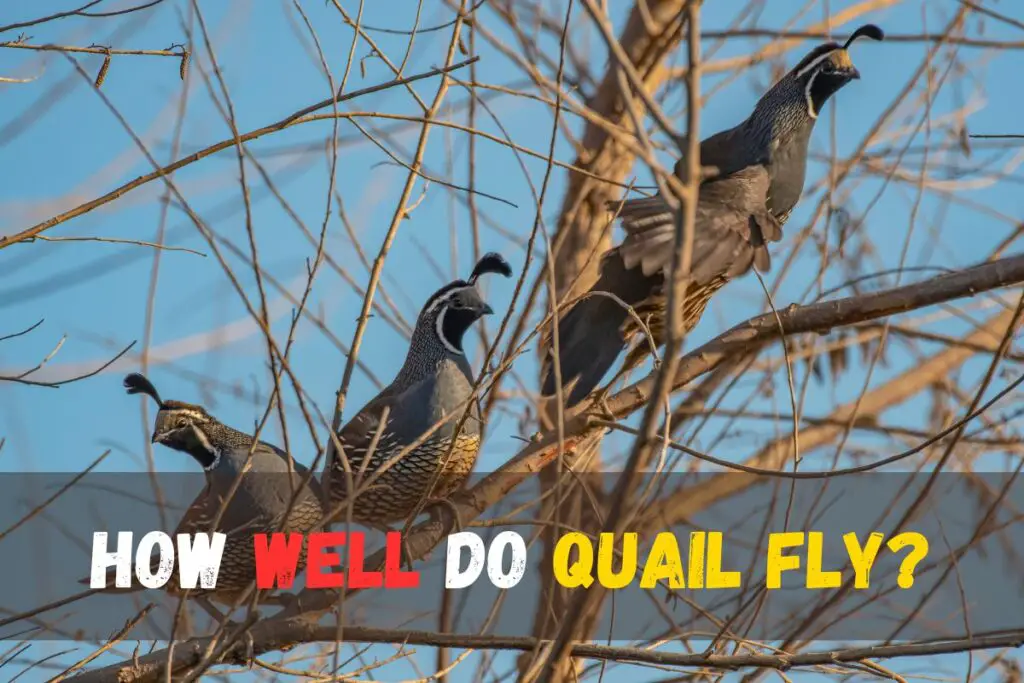
Why do quail run instead of fly?
The quail’s preference for running over flying stems from a combination of strategic habitat choices and energy conservation. Unlike birds that take to the skies for safety, quails have adapted to a life closer to the ground, thriving in woodlands and shrublands abundant in food, cover, and security.
Their choice to run is not a flight from danger but a calculated response to their surroundings. With the ability to blend seamlessly into their ground environment, quails rely on the natural cover to outsmart predators. Even though they possess the capability to reach high points like tree limbs when necessary, running remains their primary evasion tactic.
This behavior is not merely a quirk but an energy-efficient survival strategy. By opting to run, quails expend less energy compared to the demanding task of sustained flight. The decision to conserve energy becomes pivotal, especially considering the variable factors of seasons and food availability.
What age can baby quails fly from?
Baby quails typically begin to fly at around eleven days to two weeks old. Unlike some other birds, quail chicks show remarkable independence once they take flight. During this period, they are capable of finding their own food and resting places. However, it’s crucial to note that, despite their independence, they remain vulnerable for the first thirty days. During this time, their wings and legs are still in the developmental stage, restricting their ability to run or fly as swiftly as their parents. For safety reasons, you’ll often observe quail chicks following in a line behind their parents.
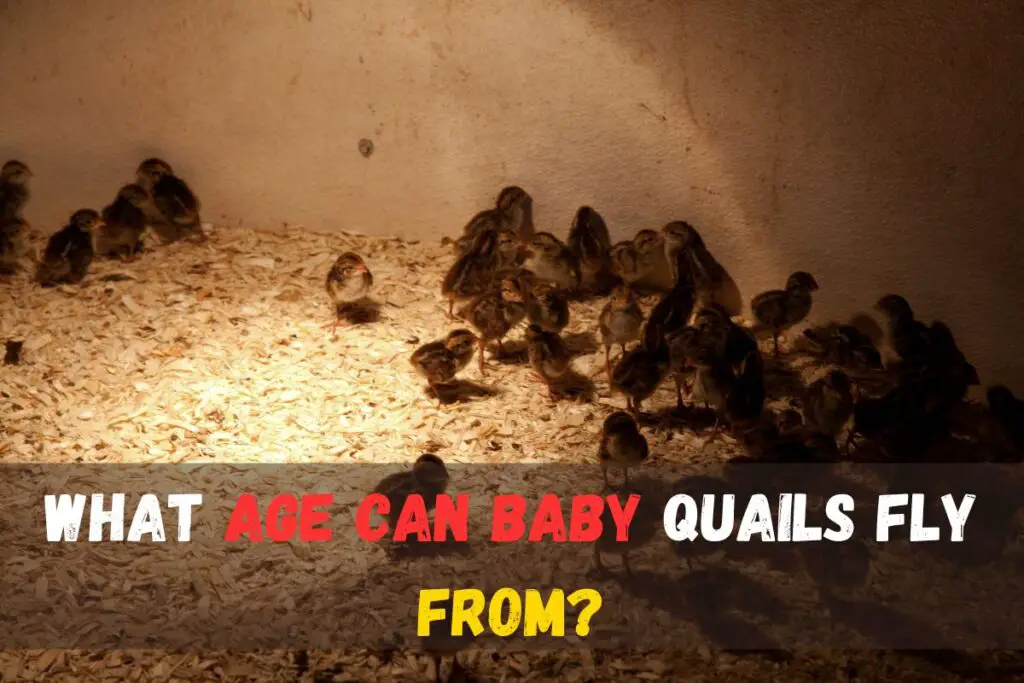
FAQ’S
How many eggs do quail lay?
Quail, known for their small size and nutritious eggs, typically lay between 200 to 300 eggs per year, with the actual number depending on the breed. These birds are often considered a delicacy, and interestingly, they can make excellent pets due to their low maintenance requirements and adaptability to small living spaces. So, if you’re wondering how many eggs quail lay, the range is approximately 200 to 300 per year, making them a productive and manageable choice for those interested in raising them.
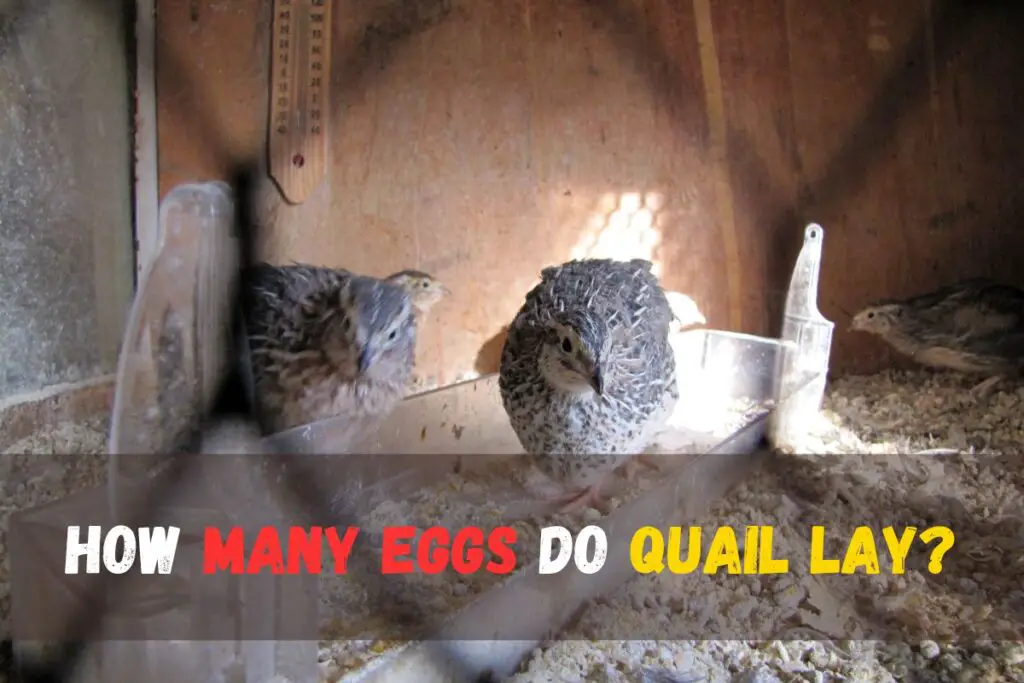
Can quail lay 2 eggs a day?
No, quail typically does not lay two eggs a day. This translates to roughly 4 to 6 eggs per week, but it’s uncommon for them to lay two eggs in a single day. Quail are known for their productivity in terms of egg-laying, but they follow a more consistent pattern of producing eggs over the week rather than laying multiple eggs in a single day.
Is quail halal in Islam?
Yes, quail is considered halal (permissible) in Islam. According to Islamic dietary laws, or Halal, the consumption of quail is allowed. Quail meat is considered permissible as long as it is slaughtered by Islamic principles, which involve saying the name of Allah at the time of slaughtering and ensuring that the bird is healthy and properly killed. Muslims who follow Halal dietary guidelines can consume quail meat without any religious restrictions
How can I prevent my quail from flying away?
To prevent your quail from flying away, consider the following measures:
- Clip Wings: Trim the primary flight feathers on one wing. This should be done carefully to ensure the bird’s balance is not disrupted. Clipping only one wing makes the quail unevenly balanced and less likely to achieve sustained flight.
- Provide Adequate Enclosure: Keep quail in an enclosed space with appropriate fencing. Ensure that the enclosure is covered or has a roof to prevent them from flying over.
- Low Roofs or Netting: If your quail is kept in an aviary or larger enclosure, consider lowering the height of the roof or adding netting to reduce the vertical space available for flight.
- Secure Doors and Openings: Regularly check for any gaps or openings in the enclosure that quail might use to escape. Secure doors and access points to minimize the risk of accidental escapes.
- Observe Stress Levels: Quail are more likely to attempt flight when stressed. Ensure they are kept in a calm environment and handle them gently to minimize stress.
- Keep Them Content: Provide sufficient space, shelter, and environmental enrichment to keep your quail content. Happy and comfortable quail are less likely to attempt escape.
- Regular Monitoring: Keep a close eye on your quail, especially when introducing them to a new environment. Monitor their behavior and take preventive measures if you notice any signs of restlessness or agitation
What is group of quail is called
Where do most quails live?
Quails, known for their adaptability, can be found in diverse habitats worldwide. They commonly inhabit grasslands such as meadows and prairies, taking advantage of the open terrain for cover and foraging. Agricultural landscapes, including fields and farmlands, also attract quails due to the mix of crops and open spaces that provide both food sources and shelter. Some species of quails make their homes in woodlands, utilizing the forest floor for foraging and seeking refuge in the underbrush. In arid environments, certain quail species thrive in desert scrublands. Quails are also known to inhabit brushy areas, where dense vegetation offers protection from predators and serves as ideal nesting sites. Remarkably adaptable, quails can even be found in urban and suburban areas, making use of parks, gardens, and green spaces. The specific habitat preferences may vary among quail species, highlighting their ability to thrive in a wide range of environments.
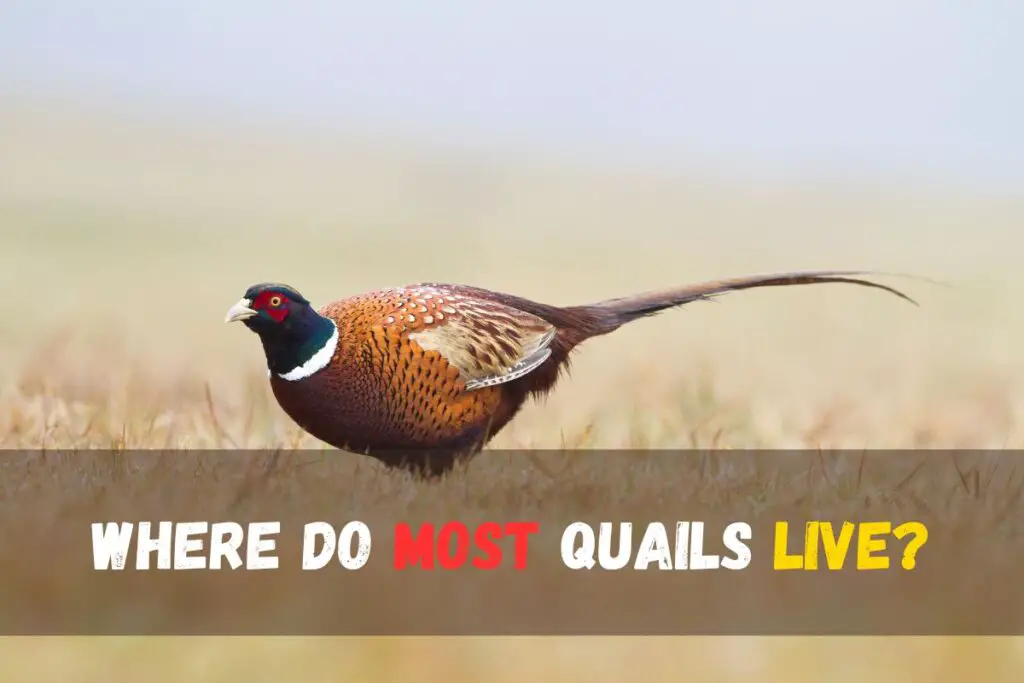
Can quail free range?
Yes, quail can be allowed to free-range, although several factors should be considered to ensure their well-being. When allowing quail to free-range, it’s crucial to provide a secure and predator-proof environment. This can be achieved through proper fencing and netting to prevent access by predators such as birds of prey or ground-dwelling animals. Additionally, providing adequate shelter, such as bushes or structures, allows quail to seek refuge when needed. Monitoring their free-ranging activities is essential to identify and address any potential threats or risks. While quail are generally more adaptable to free-ranging than some other poultry, considerations like local regulations, climate, and the availability of food and water resources should also be taken into account. Overall, with careful planning and attention to safety, allowing quail to free-range can contribute to their well-being and natural behavior.


